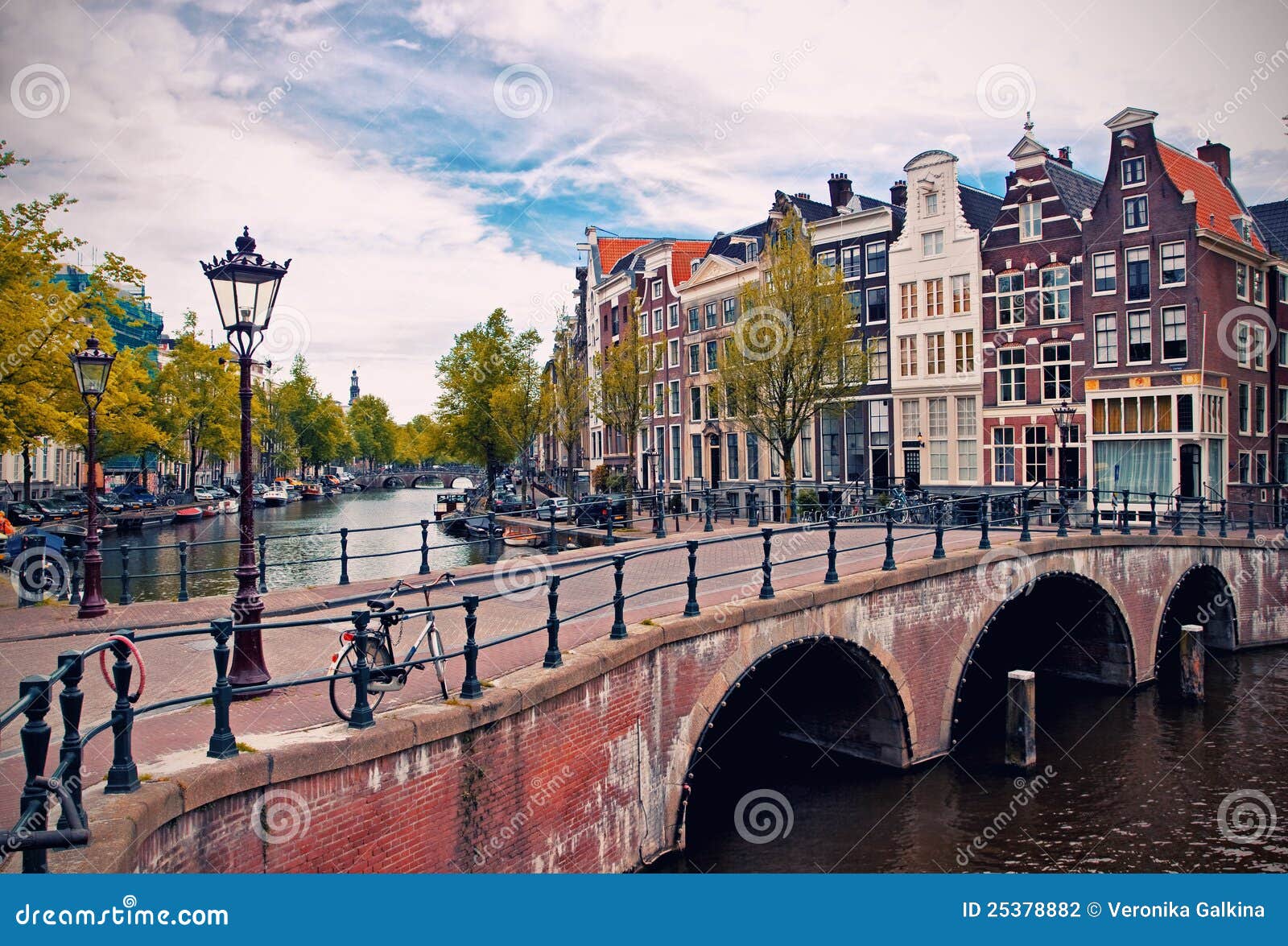The Historical Backbone of Amsterdam
Amsterdam's canals, originally constructed in the 17th century, were designed to facilitate trade and manage water in a city built below sea level. Today, these canals stretch over 100 kilometers, forming a network that is not only a UNESCO World Heritage site but also a thriving ecosystem.
A Surprising Aquatic Habitat

The canals host a variety of aquatic life, including over 20 species of fish such as perch, pike, and eel. These species thrive in the relatively calm waters, which are maintained through a sophisticated system of locks and sluices that regulate water levels and quality. The presence of aquatic plants like water lilies and reeds provides essential habitats and breeding grounds for these fish.

Bridges as Biodiversity Bridges

Amsterdam's 1,500 bridges are more than just architectural marvels; they serve as vital connectors for wildlife. Birds such as swans, ducks, and herons use these structures for nesting and resting. The bridges also support bat populations, with several species roosting in the crevices and undersides, contributing to the city's biodiversity.
Banks Teeming with Life
The canal banks are lined with trees and shrubs that offer shelter and food for various bird species. The green spaces along the canals are home to insects like bees and butterflies, which play crucial roles in pollination. These areas are carefully managed to balance urban development with ecological preservation, ensuring that native species can thrive.
Human Impact and Conservation Efforts
Efforts to maintain and enhance the canal ecosystem include regular cleaning to remove debris and prevent pollution. The city has implemented measures to reduce chemical runoff from streets and buildings, which can harm aquatic life. Additionally, local organizations and volunteers participate in biodiversity monitoring programs, helping to track the health of the canal ecosystem and identify areas for improvement.
The Role of Urban Planning
Urban planners in Amsterdam have integrated green infrastructure into the city's design, promoting biodiversity within the canal system. This includes creating floating gardens and installing birdhouses and bat boxes along the canals. These initiatives not only support wildlife but also enhance the aesthetic and recreational value of the canals for residents and visitors alike.










